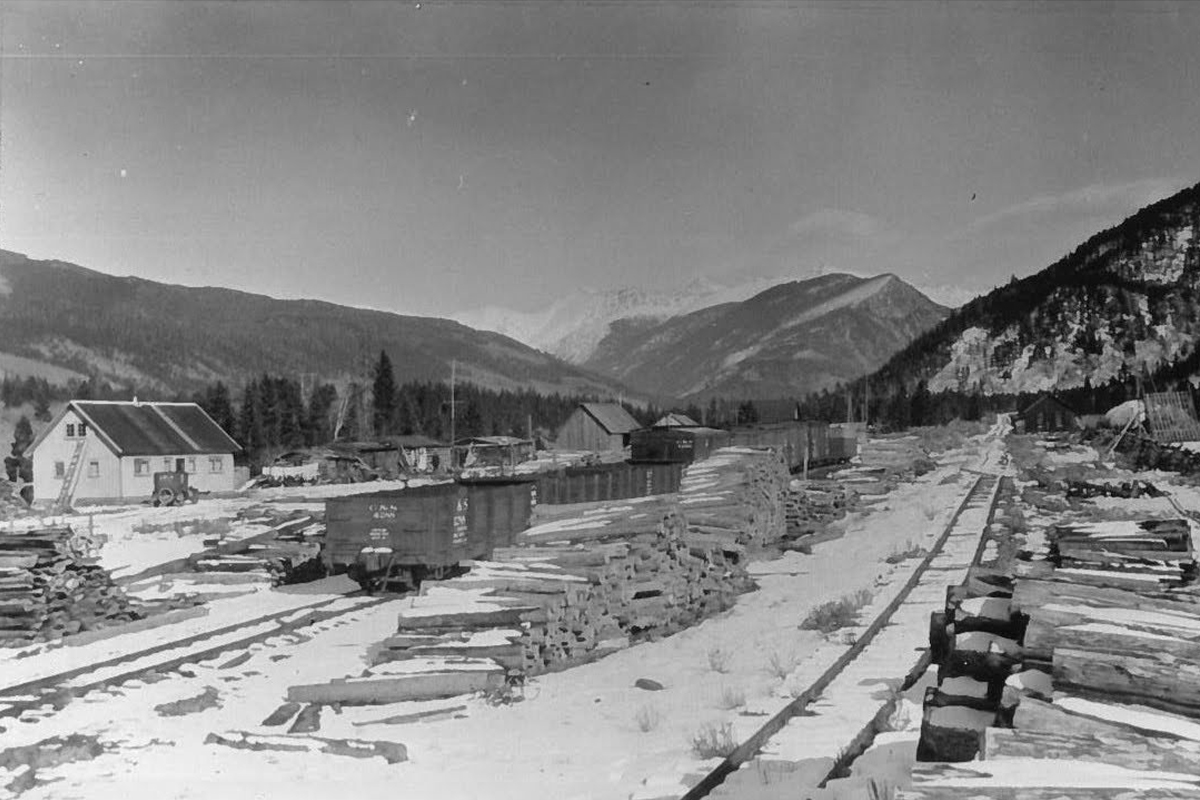Nestled in the heart of the Rocky Mountains, Keystone Science School boasts a rich history of environmental education and outdoor exploration spanning over a century. Join us on a journey through time as we explore the fascinating history and enduring legacy of this iconic institution.
Before 1882

Before 1882, the Ute people were the oldest residents of Colorado, with a rich history of inhabiting the mountains and areas of Colorado, Utah, Wyoming, Eastern Nevada, Northern New Mexico, and Arizona. According to tribal history passed down through generations, the Utes have lived in these regions since the beginning of time. Over time, some Utes separated and settled around the lake areas of Utah, while others spread north, east, and south, becoming distinct groups such as the Paiute, Shoshone, Comanche, Chemehuevi, and Kawaiisus. Before 1580, the Utes primarily lived off the land, hunting and gathering, traveling and camping in familiar areas, and using well-established routes. One such route is the Ute Trail, which can still be seen today in the forests of the Grand Mesa and the area of the scenic highway traversing through South Park and Cascade, Colorado. The Utes’ deep connection to the land and their established presence in the region laid the groundwork for the subsequent settlement and development of Colorado.
1882-1975: Foundations of Keystone
In 1882, the Denver, South Park, & Pacific railroad companies laid down railway tracks, establishing a vital connection between Dillon and Keystone. This infrastructure spurred economic growth, facilitating the transportation of goods and materials to the burgeoning mountain community.
The following year, in 1883, Old Keystone Village began to take shape as the first documented residents settled in the area. Primarily comprised of Swedish immigrants, the village thrived as a hub of activity, with sawmills and lumber operations driving the local economy. The discovery of “Tom’s Baby” in French Gulch in 1887 added to the excitement, sparking a frenzy of gold-seeking prospectors drawn to the region’s promising riches.
As the Homestead Act of 1914 encouraged Western migration, pioneers like Carl Erickson seized the opportunity to claim their own slice of the American Dream. Erickson’s application for a homestead at Old Keystone Village embodied the spirit of the era, reflecting the aspirations of countless settlers who sought a new beginning in the untamed wilderness.
The 1920s saw the consolidation of sawmill operations, with Carl Erickson, Louis Flinkberg, and Carl Peterson forming a formidable partnership. Together, they harnessed the natural resources of the land, transforming timber into lumber and contributing to the region’s economic prosperity.
By the 1930s, the sawmills ceased their operations, signaling the close of an era characterized by timber production and lumber processing. As the demand for timber declined and environmental concerns grew, the focus shifted towards education and conservation.
Despite the end of the railroad era in 1938 and the subsequent solitude that settled over Old Keystone Village in the mid-20th century, the spirit of resilience endured. Transitioning ownership in 1970 marked a significant milestone, paving the way for the birth of Keystone Science School in 1976.
1976 – KSS Is Founded
Founded in 1976 by Robert W. Craig, amidst the rugged beauty of the Rocky Mountains, Keystone Science School came into existence as a beacon of educational innovation and environmental stewardship. Founded on a 40-acre campus, originally named Keystone Environmental Education Center, the school’s inception marked a pivotal moment in the region’s history. With a vision to provide transformative outdoor experiences for youth, Keystone Science School quickly became a haven for exploration and discovery. Led by a dedicated team of educators and visionaries, the school’s founding represented a commitment to fostering a deeper connection between individuals and the natural world.
Robert (Bob) W. Craig
Bob Craig, a visionary, scholar, and mountaineering legend, stands as a towering figure in the history of Keystone Science School. Instrumental in the founding of the Keystone Center in 1975, Craig brought a wealth of experience and passion to the realm of environmental education. His journey traversed continents and disciplines, from his roots as a Boy Scout in California to summiting the world’s highest peaks, including the formidable K2. In 1946, Craig achieved the first ascent of Devil’s Thumb, a challenging peak in the Rocky Mountains of Alaska, further solidifying his reputation as a pioneering mountaineer. Craig’s diverse experiences instilled in him a deep appreciation for the interconnectedness of humanity and the natural world. His pursuit of knowledge led him to pursue a Ph.D. in philosophy before the Korean War diverted his path to the Mountain Cold Weather Command. It was Craig’s unwavering dedication and commitment to bridging divides that laid the groundwork for Keystone Science School’s founding in 1976. His legacy continues to inspire future generations of environmental stewards, leaving an indelible mark on the landscape of environmental education and conservation.




















